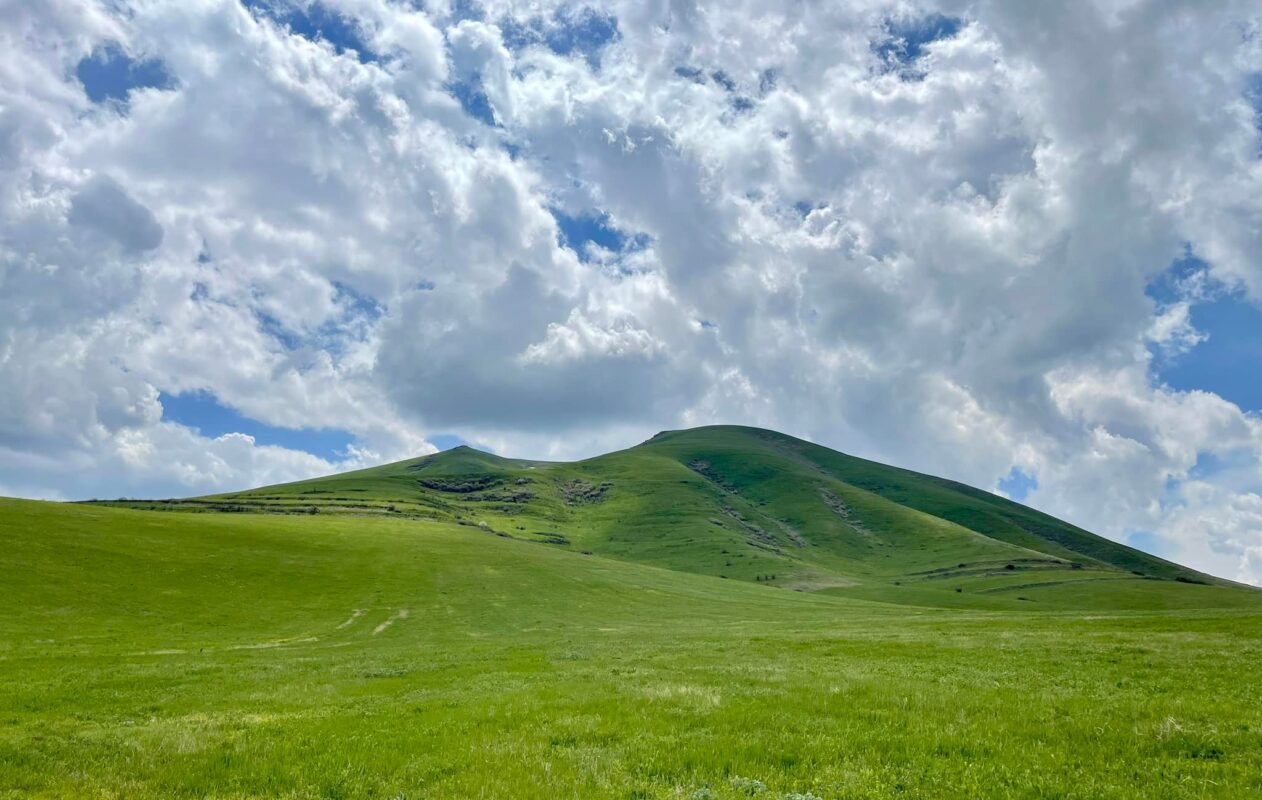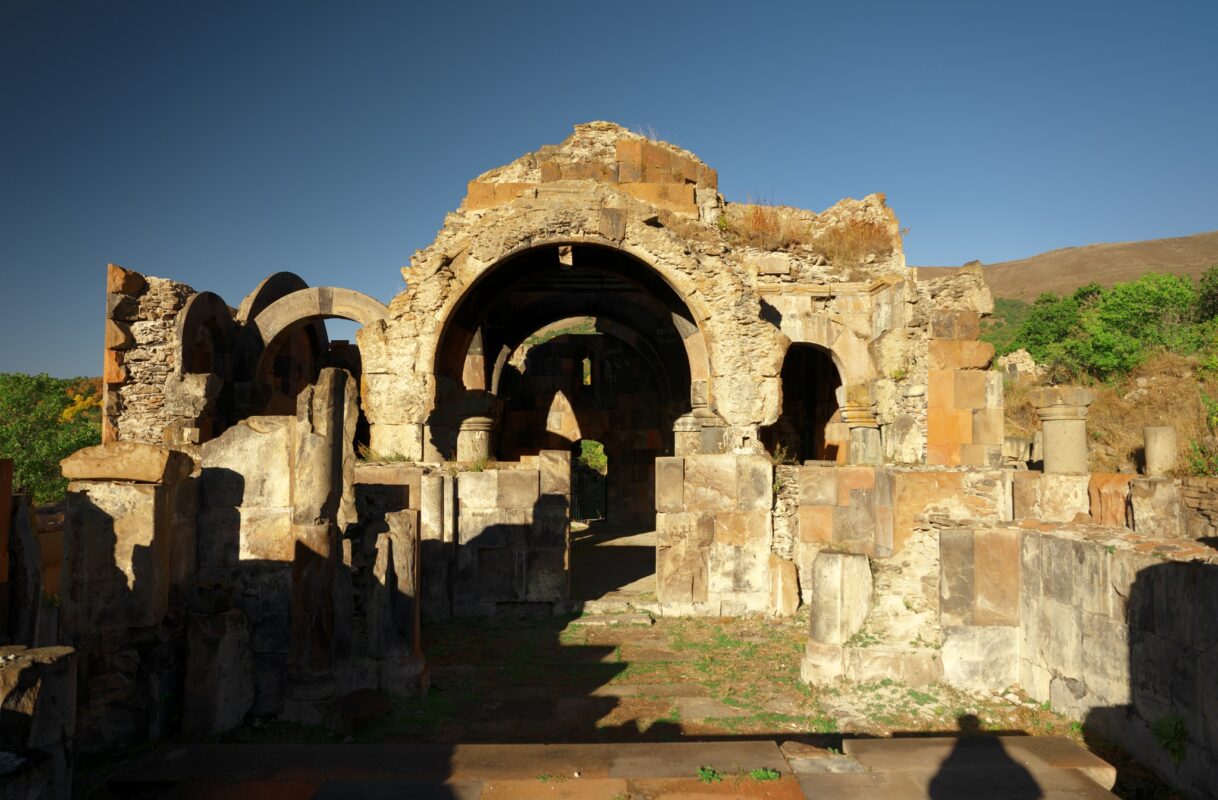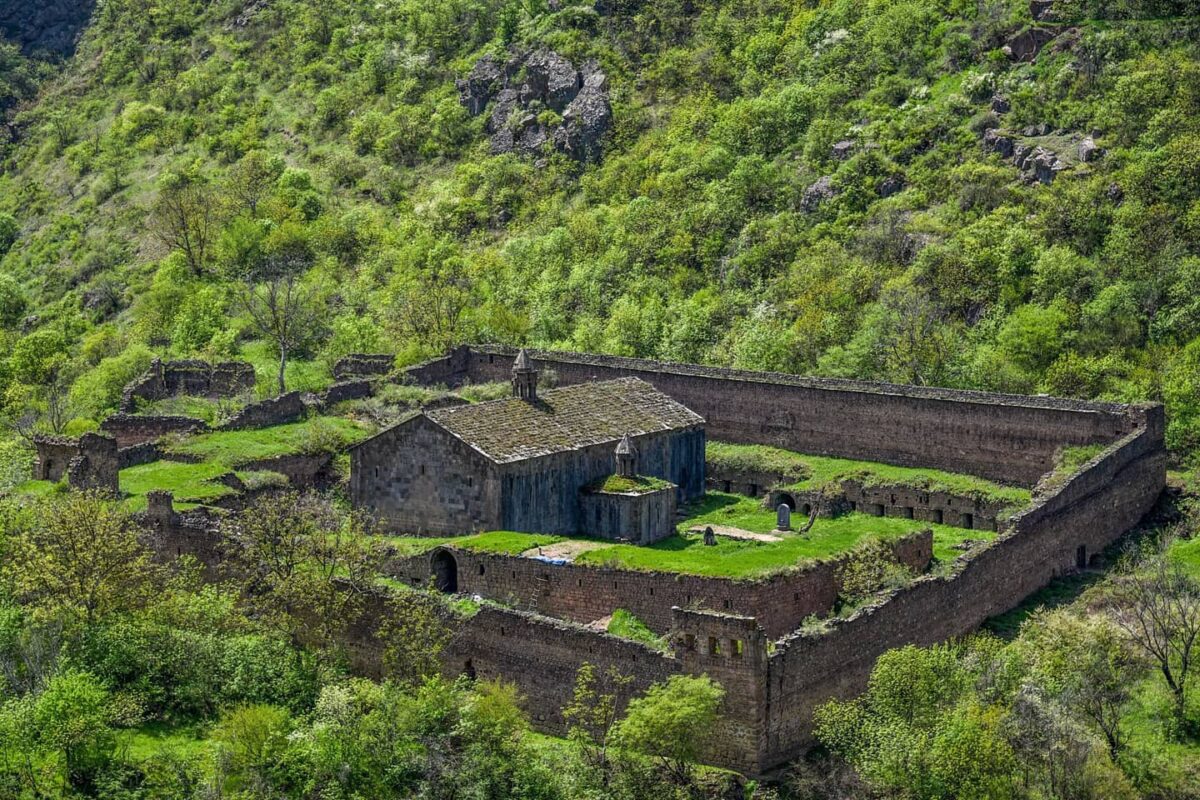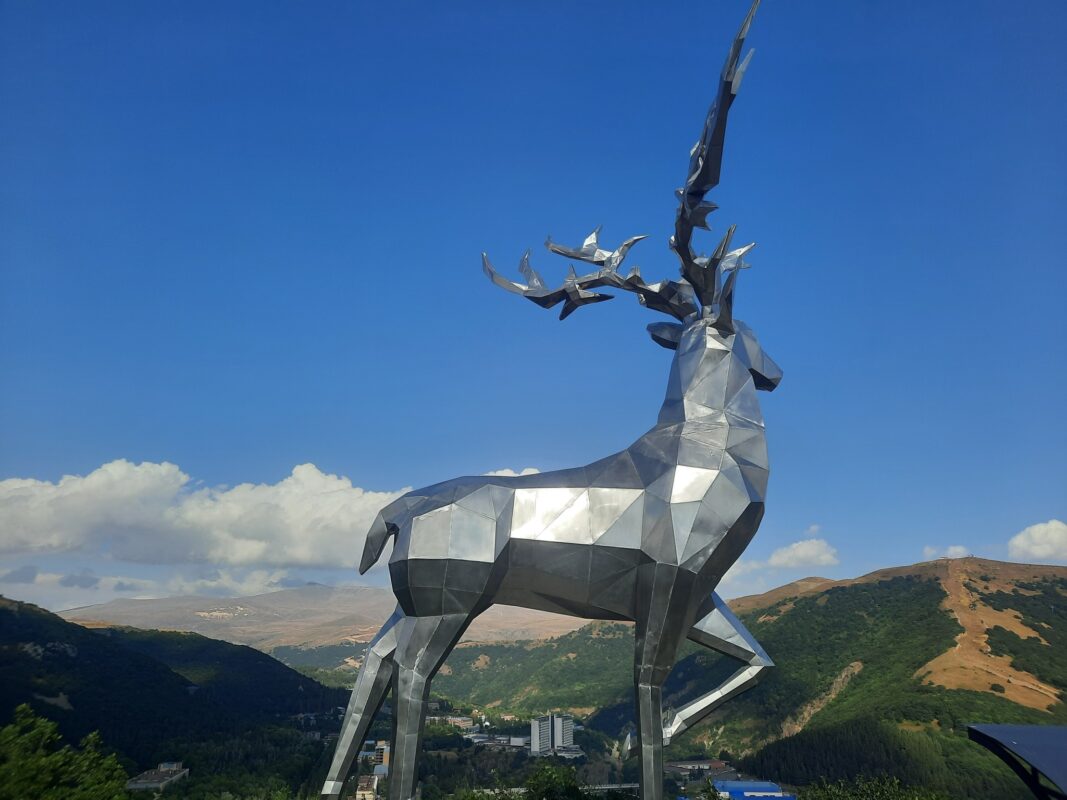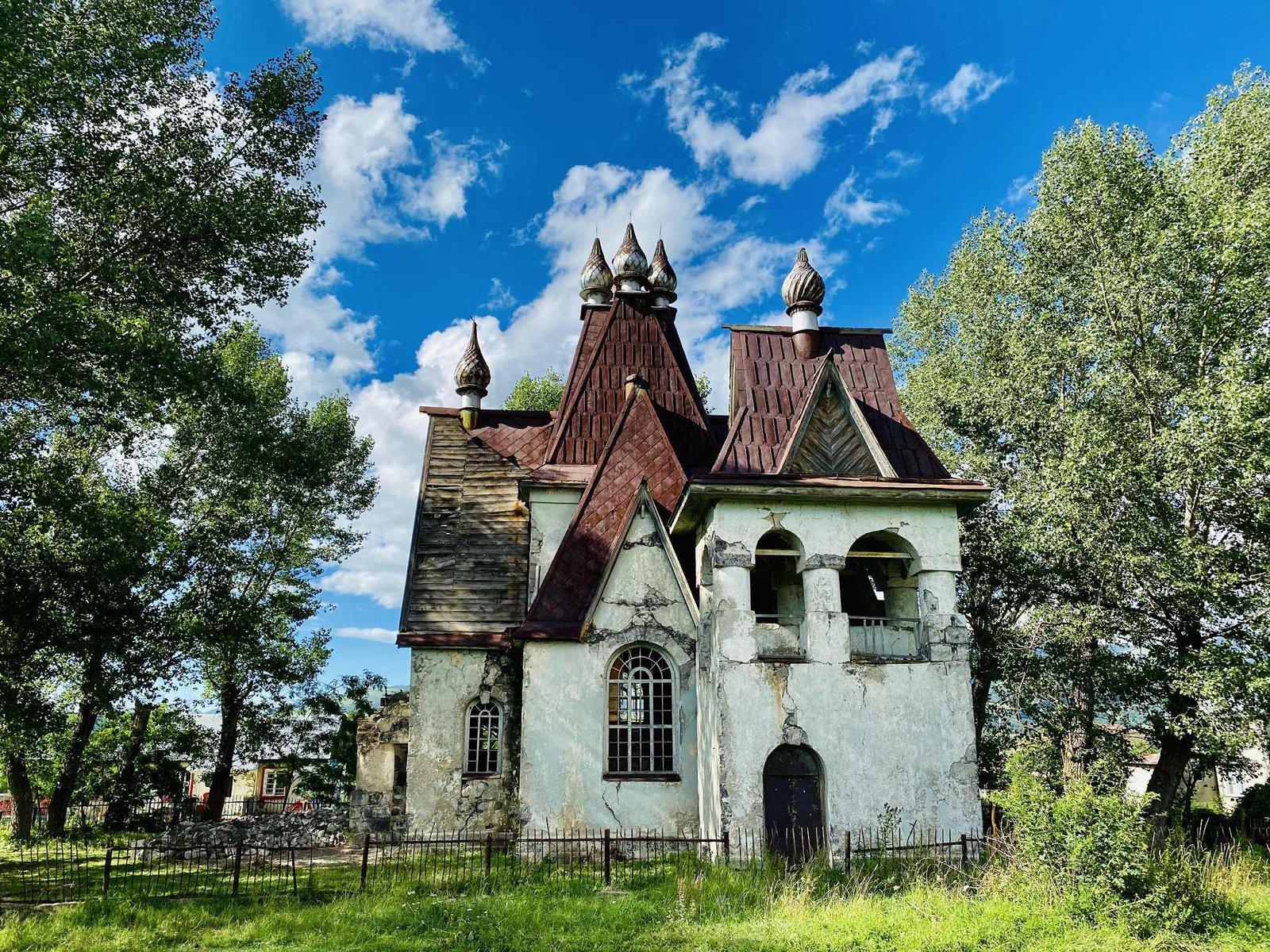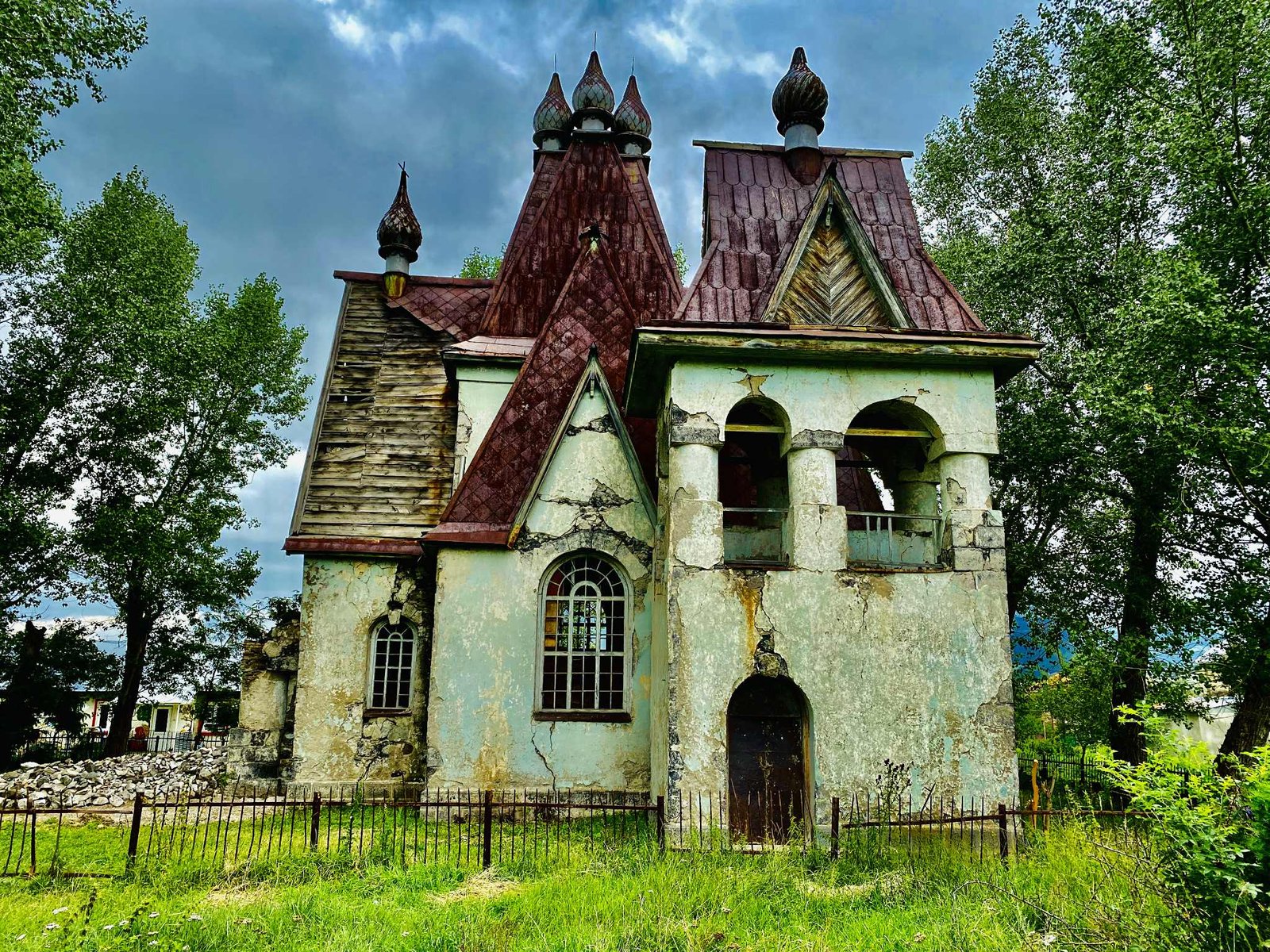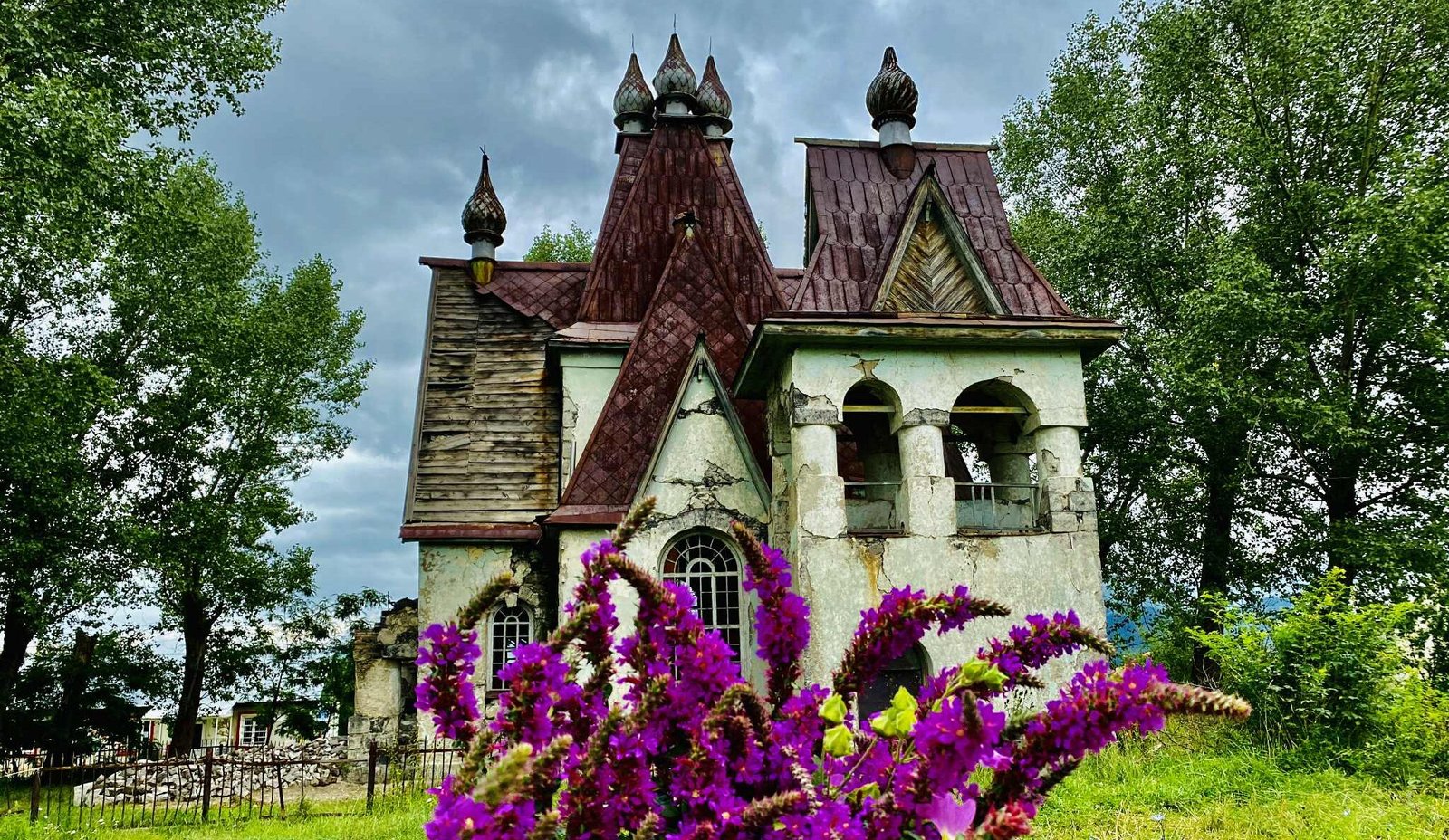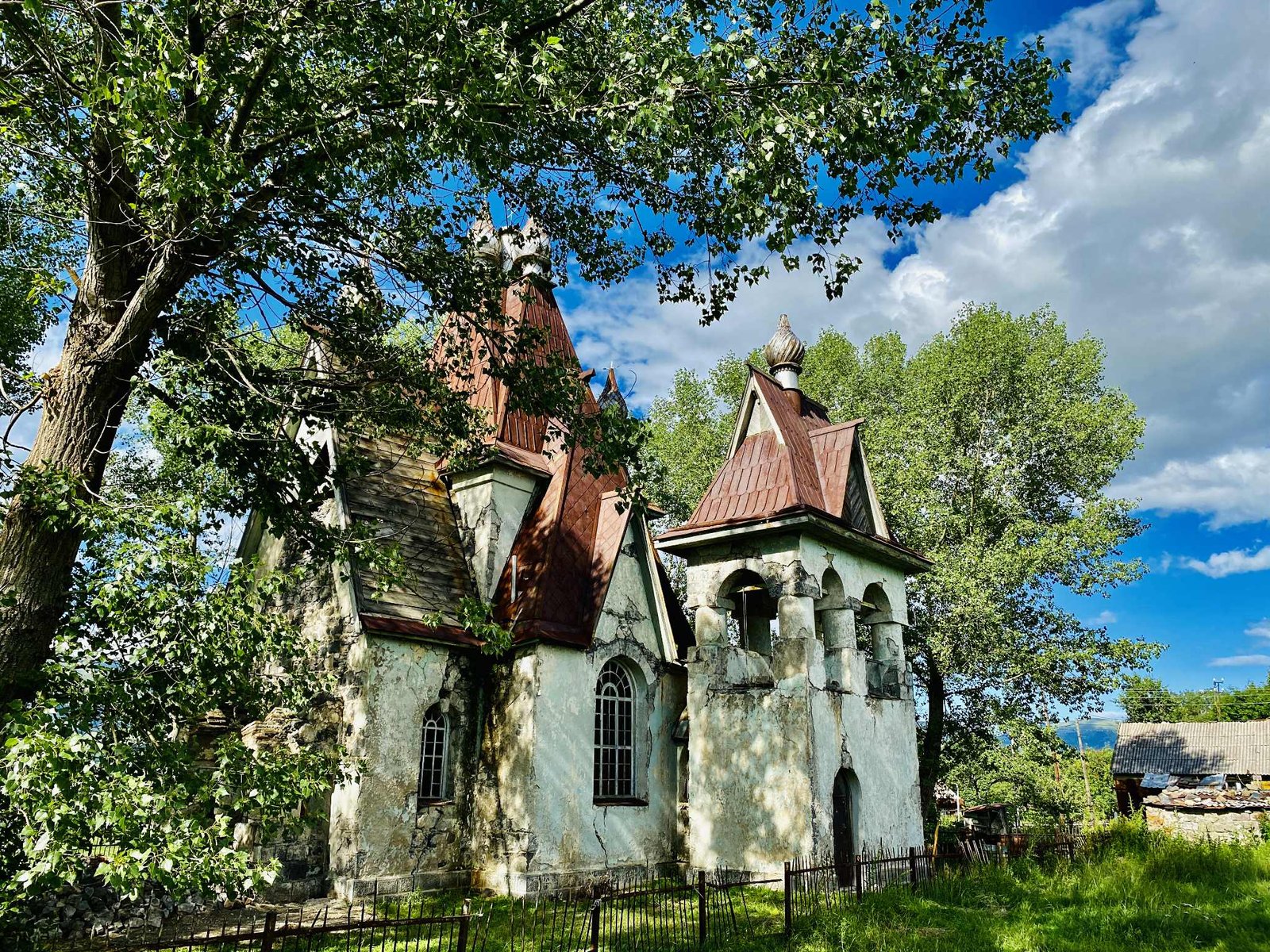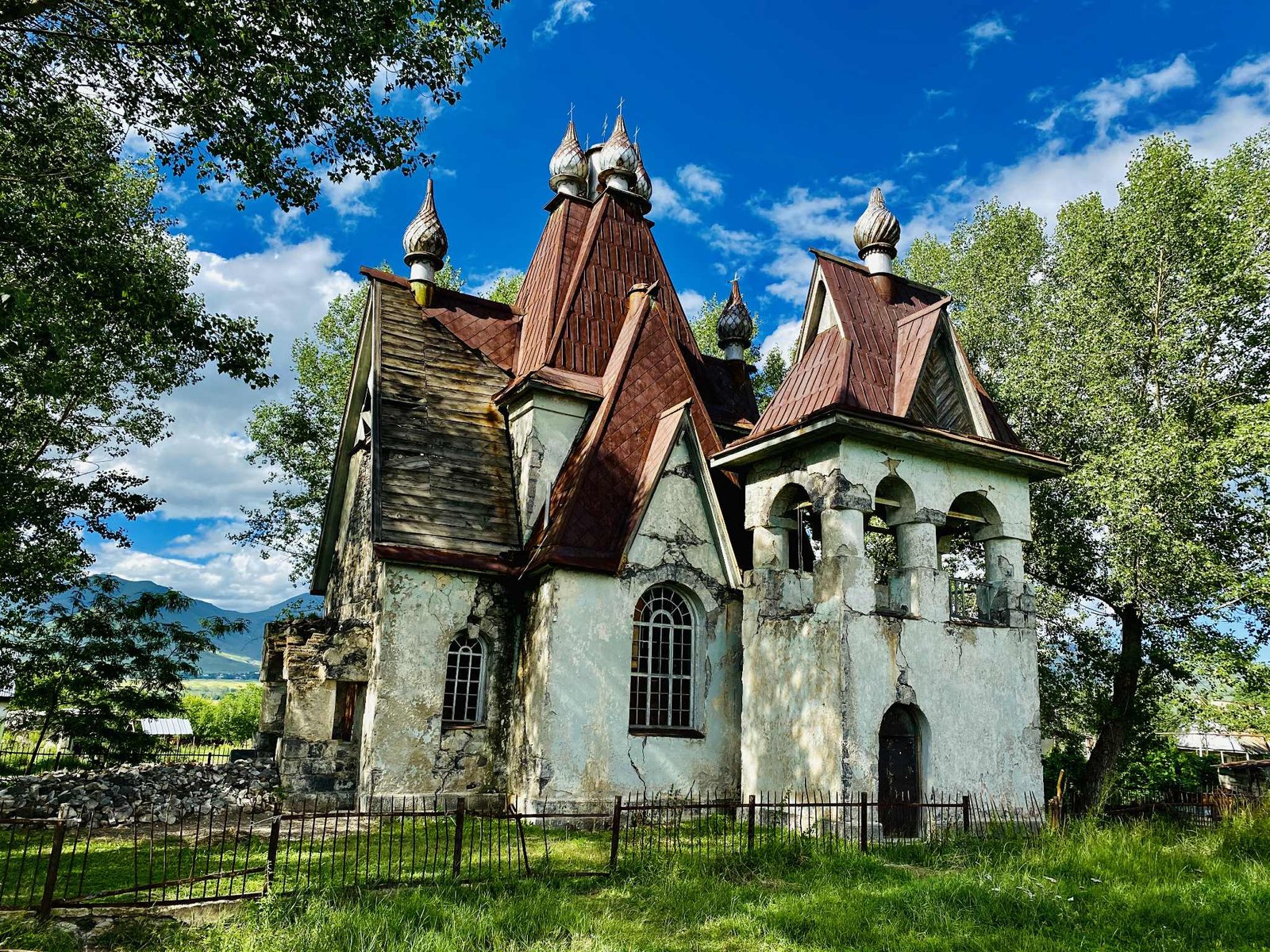Latest Listings
Related Listings
Close To You
St. Nicholas Church of Amrakits
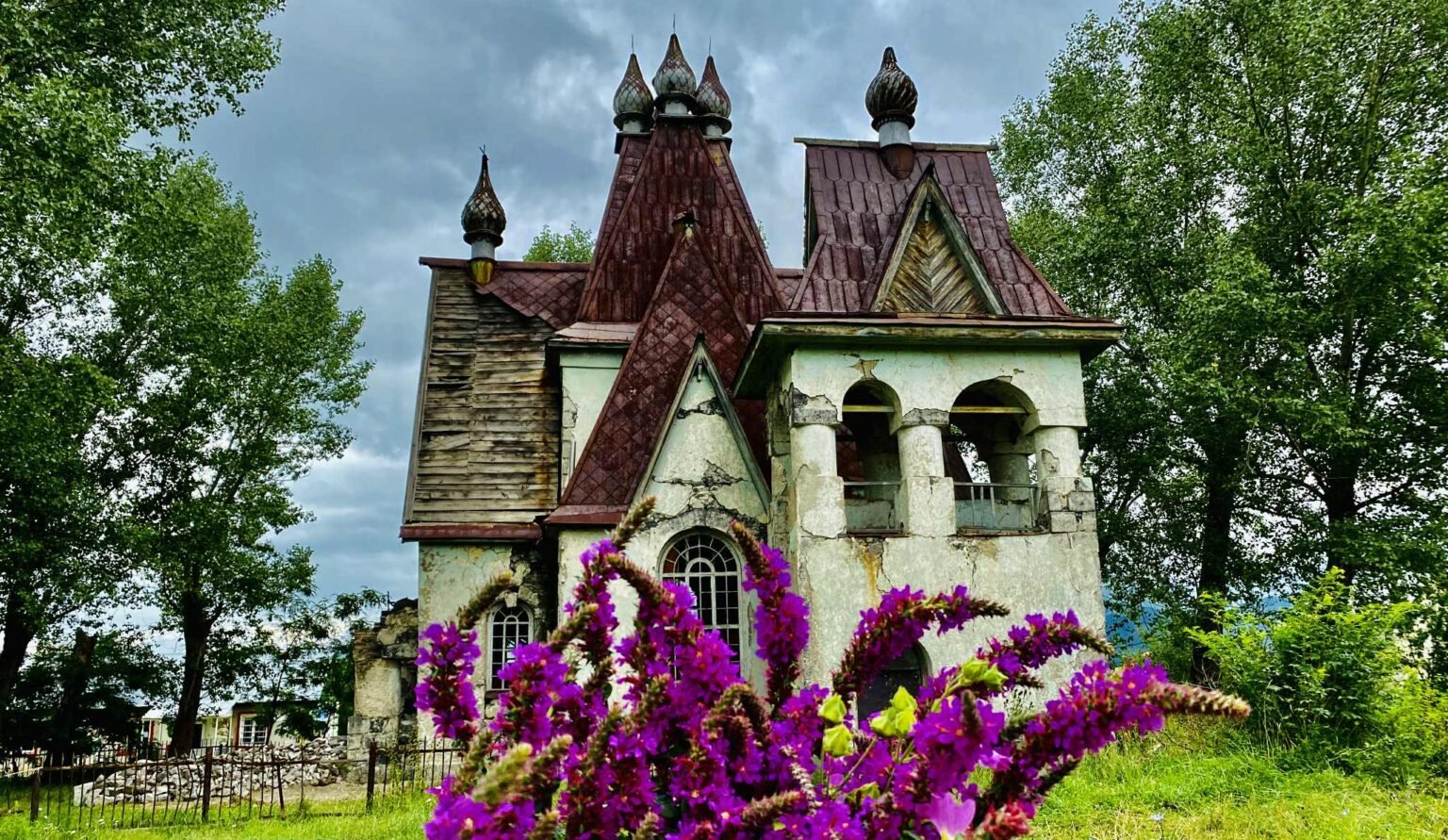
Church
1380 m
Natural
Easy
VISITOR INFORMATION
📍 Location - Lori Province, Amrakits village, about 5 km north of Stepanavan.
🕰️ Period - Built in 1848 (at some sources: 1879); rebuilt in 1910-1914.
🌐 Coordinates - 41.007° N, 44.407° E
🏷️ Other names - Amrakits Russian Church; St. Nicholas Church; Nikolaevka Church.
🌿 Best Time to Visit - From late spring to early autumn, when roads are passable and the weather is kind.
🛤️ How to Get There - From Yerevan, follow the M3 highway toward Vanadzor, then continue north to Stepanavan. About 5 km beyond lies Amrakits, where the church stands at the village center.
OVERVIEW
The St. Nicholas the Wonderworker Church is a Russian Orthodox sanctuary raised in the 19th century within the settlement of Nikolaevka-today’s Amrakits-founded by Slavic settlers. Built in 1848 (in some sources, 1879) and refashioned between 1910 and 1914, it took its present form under architect Andrey Aplaksin, who designed it in the Neo-Russian idiom.
ETYMOLOGY
The name “St. Nicholas the Wonderworker” honors St. Nicholas of Myra, venerated in the Orthodox tradition as a miracle-worker and heavenly patron of sailors, merchants, and travelers-hence the frequency of churches dedicated to him in Russian and Cossack communities.
HISTORY
The church stands in Amrakits, a village established in 1852 by 26 Slavic families who moved here from Borjomi, Georgia - having earlier resettled from Ukraine’s Poltava and Chernihiv regions. The new settlement was first called Nikolaevka (Novonikolaevka), renamed Kirov in 1938, and in 1991 reclaimed its historical Armenian name, Amrakits. Though the village’s identity long reflected its Russian-Ukrainian community, the landscape holds far older cultural layers: the medieval site of Amrak(its), 13th-century churches, a cemetery from the 13th - 18th centuries, and a burial field dating to the 2nd-1st millennia BCE.
St. Nicholas the Wonderworker Church, built in 1848, served as the spiritual heart of the Russian Orthodox faithful. In 1910-1914 it was rebuilt to its current appearance by architect Andrey Aplaksin in a style characteristic of Russian ecclesiastical building. The church was notable for its bell tower, stone walls, and timber roof. It continued to function through the Soviet years until the 1988 Spitak earthquake severely damaged the structure. Though it did not collapse, it never reopened thereafter. In 2009 the icons housed inside were transferred to the Russian church in Gyumri, and the Amrakits church has remained closed and in hazardous condition. Today it is a monument of republican significance (register no. 5.13.4) and belongs to the Yekaterinograd Diocese of Kuban. Despite its abandonment and scars, it still speaks of the faith, communal life, and cultural legacy of the 19th-century Slavic settlers.
ARCHITECTURE
Compact and cross-shaped in plan, the church has steep, pointed roofs over its arms, while the central mass rises to a pyramidal crown. At the summit rest five small domes-one larger at the center and four smaller at the corners. The bell tower is attached on the south side (a campanile-an open bell tower). The building is of stone, its roof timbered and sheet-metal clad. The church assumed this appearance after the 1910-1914 rebuilding, and its design solutions are associated with architect Andrey Aplaksin’s initial drafts.
PRESERVATION AND CONSERVATION
Heavily damaged by the 1988 earthquake, the sanctuary remained closed for many years. No improvement works were undertaken until 2024, when consolidation and restoration began, including wall and roof stabilization and site preparation. The overarching aim is to remove the church from its emergency state and, as a monument of republican significance, ensure its safe preservation and future public presentation.
LOCAL LEGENDS
Though closed, the doorway often bears the signs of devotion: icons left by villagers, the warm glow of candles, even traces of votive offerings-an enduring custom of petition and thanksgiving to St. Nicholas.
The saint’s feast is marked on December 6 (Gregorian) and December 19 (Julian). On these days, more people come to light candles and pray for family, children, and safe journeys.
Facilities
Nearby
A medieval monastic ensemble deep in a river valley. Lush surroundings, dramatic rocky vistas, and a quietly flowing stream lend the complex a serene atmosphere.
A balcony above the Dzoraget with lookouts, sheer cliffs, river bends, and superb photo opportunities-often paired with a visit to Hnevank.
A historic arboretum of pines, firs, and rare species. Level paths, benches, and clearings make it perfect for family strolls and unhurried rest.
An ancient sanctuary on a mountainside, hushed and contemplative, with finely decorated prayer spaces and sweeping views of Lori’s green slopes.
A medieval stronghold poised on a high promontory where the Dzoraget and Urut gorges meet. Surviving walls and earthworks hint at the fortress’s former might․Top of FormBottom of Form

